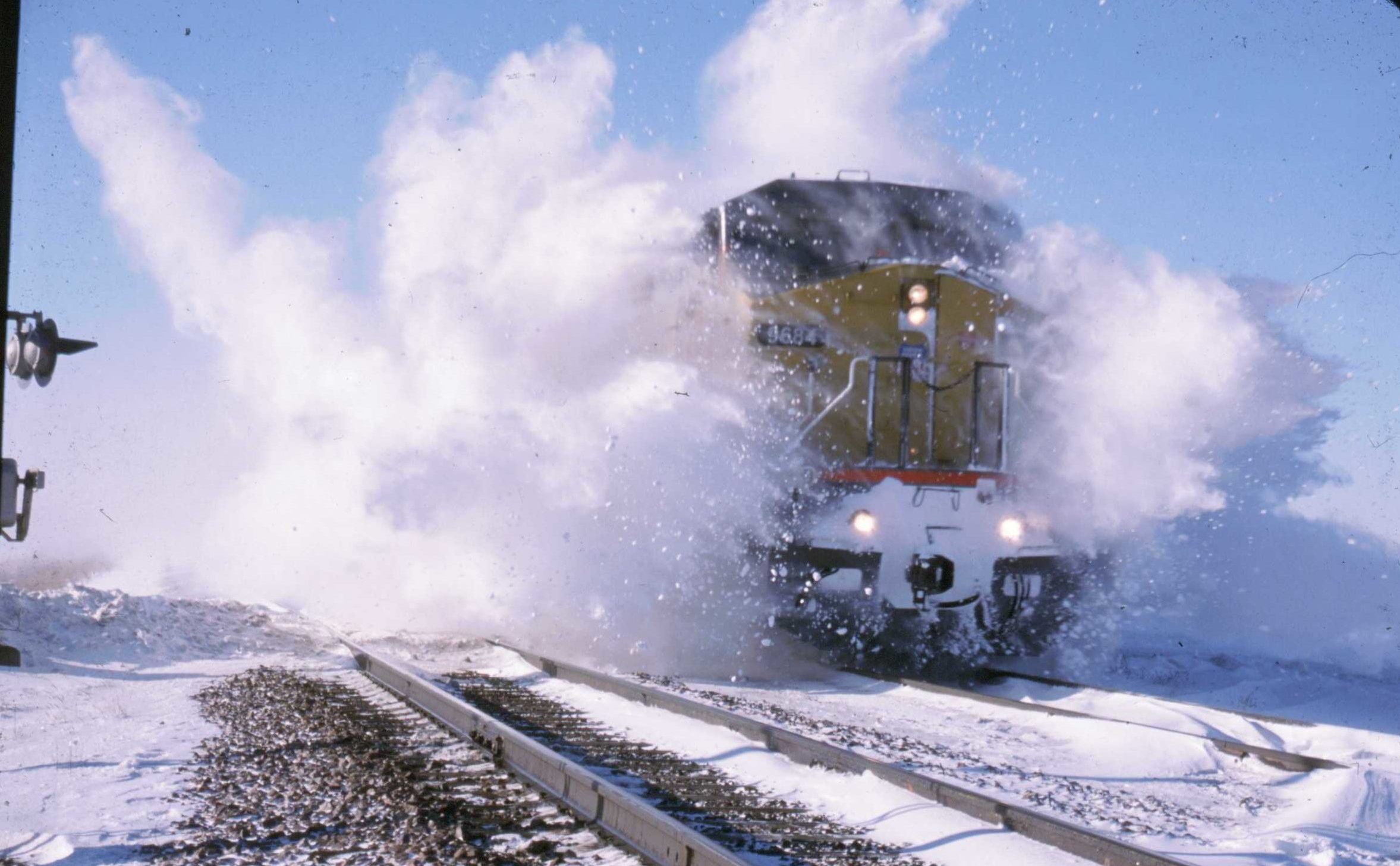Have you ever opened a package of frozen food only to find that it has partially thawed? Or received a shipment of dairy products that have gone bad? Chances are, the cause of the spoilage was due to temperature fluctuations during transportation. In today’s fast-paced world, we expect our food to be available and safe to consume no matter where we are, and the only way to achieve this is by maintaining the right temperature during transit. The importance of temperature-controlled transport can’t be overemphasised, especially when it comes to maintaining a cold freight in optimal temperature.
Assessing the Influence of Weather on Refrigerated Goods
There are several weather conditions that can have an impact on the temperature of refrigerated transport. Extreme heat, for example, can cause the temperature inside the trailer to rise, leading to spoilage of perishable goods. On the other hand, extreme cold temperatures can cause the refrigeration system to work harder, using more energy and potentially leading to mechanical breakdowns.
High humidity levels can also affect the temperature inside the trailer. Humidity can cause the refrigeration system to work harder and reduce its efficiency, leading to temperature fluctuations. This can result in condensation and eventually, the growth of mould and bacteria, which can cause spoilage and food poisoning.
Strategies for Maintaining the Temperature of Refrigerated Shipments Amid Varying Weather Circumstances
As a professional in the transportation industry, you understand the importance of maintaining the temperature of refrigerated shipments. With changing weather conditions constantly affecting the preservation of perishable goods, it’s crucial to stay ahead of the game and be equipped with the necessary strategies to ensure the quality of your products upon delivery. Let’s explore effective strategies for maintaining the temperature of refrigerated shipments in varying weather conditions, so that you can ensure the safe and high-quality delivery of your products to your customers.
Use a Reliable Refrigeration System
One of the most important things to consider when transporting cold freight is the refrigeration system being used. A reliable refrigeration system is essential for maintaining the right temperature, especially in adverse weather conditions. Investing in a high-quality refrigeration system can ensure that your products reach their destination in the best possible condition, no matter what the weather conditions are like.
Monitor the Temperature Regularly
Regular temperature monitoring is key to ensuring that a cold freight would retain their temperature. This can be done using digital temperature monitoring systems that provide real-time data and alerts if the temperature deviates from the set range. This allows for quick and effective action to be taken if necessary, reducing the risk of spoilage and food poisoning.
Use Insulated Trailers
Insulated trailers help to reduce the impact of outside weather conditions on the temperature inside the trailer. This is particularly important for long-distance transport, where the temperature inside the trailer can fluctuate due to changes in weather and road conditions. Insulated trailers also help to reduce the energy consumption of the refrigeration system, making it more efficient and reducing the risk of mechanical breakdowns.
Plan the Route Carefully
Planning the route carefully can also help to reduce the impact of weather on cold freight. Avoiding areas with extreme temperatures and high humidity levels can help to maintain the right temperature inside the trailer. This can also help to reduce the risk of mechanical breakdowns, as the refrigeration system won’t have to work as hard.
The safety and quality of your products are of utmost importance, and temperature control plays a vital role in achieving this. Whether you are a producer, distributor, or logistics provider, understanding the impact of weather on cold freight and taking the necessary steps to mitigate its effects can make a huge difference in the quality of your products and the satisfaction of your customers.





Be First to Comment